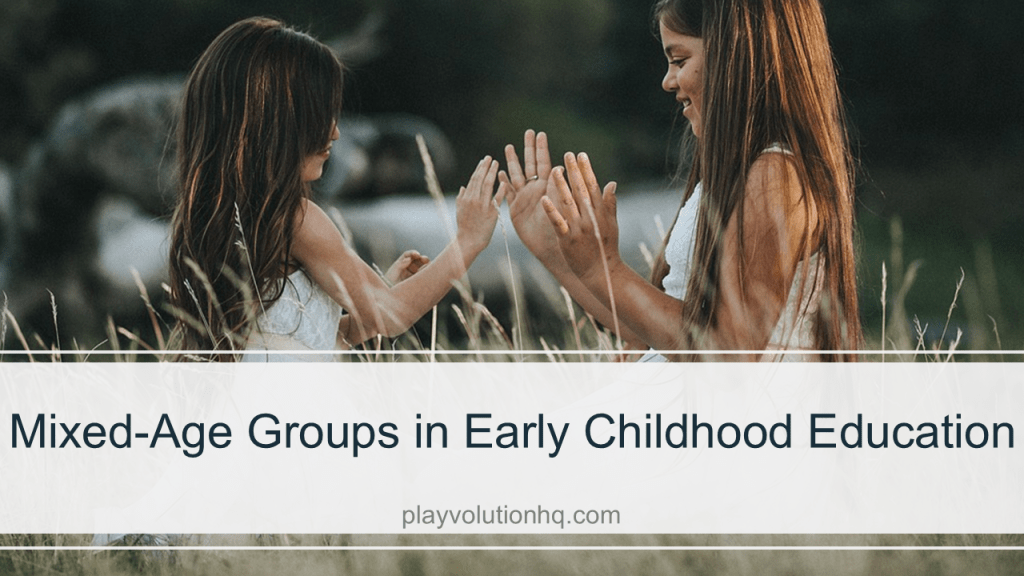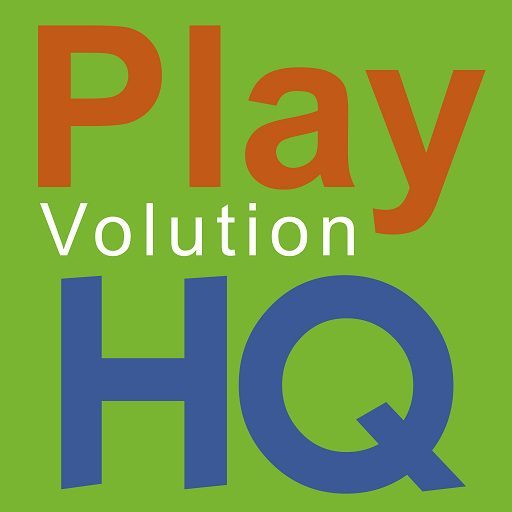
Table of Contents
Overview
The ERIC Digest “Mixed-Age Groups in Early Childhood Education” (1989) explores the benefits and implications of educating young children in mixed-age settings rather than same-age groups. It highlights how mixed-age classes, historically known by terms like “multi-age” or “family grouping,” foster social and cognitive development through natural peer interactions. The document argues that such groupings encourage prosocial behaviors like sharing and cooperation, reduce competitive pressures, and provide diverse role models, benefiting children across developmental levels—particularly those at risk. It draws on research, including Vygotsky’s “zone of proximal development,” to suggest that cognitive growth emerges from collaborative interactions among peers of varying maturity.
Practically, the digest notes the advantages of mixed-age groups in early childhood, like resisting the “push-down” of formal curricula into early education and supporting tailored learning environments. However, it cautions that benefits aren’t automatic—optimal age ranges, group composition, and teaching strategies must be carefully considered. While empirical data was limited in 1989, the piece advocates for mixed-age grouping as a promising approach, offering adaptive and enriching effects on children’s development, with a call for further research to refine its application.
Mixed Ages And Play
The article suggests that putting kids of different ages together in play-based settings can help them grow socially and mentally. It works because kids learn from each other naturally when not boxed into strict rules or schedules. Too much adult control or structure can backfire, turning fun into a chore and squashing imagination and independence (Gray, 2013). The idea is spot-on for play: let kids figure things out together, and good stuff happens.
But the benefits don’t just happen magically—they depend on getting the right mix of ages, a space that sparks curiosity, and adults who are supportive and able to step back and allow children to lead. It’s less about forcing results and more about setting the stage for kids to thrive through play. Think of it like planting a garden: you don’t make the flowers grow, but you give them the right soil and sunlight.
Mixed-Age Groups in Early Childhood Education PDF
Post Author
Jeff Johnson is an early learning trainer, podcaster, and author who founded Explorations Early Learning, Playvolution HQ, and Play Haven.


Leave a Reply